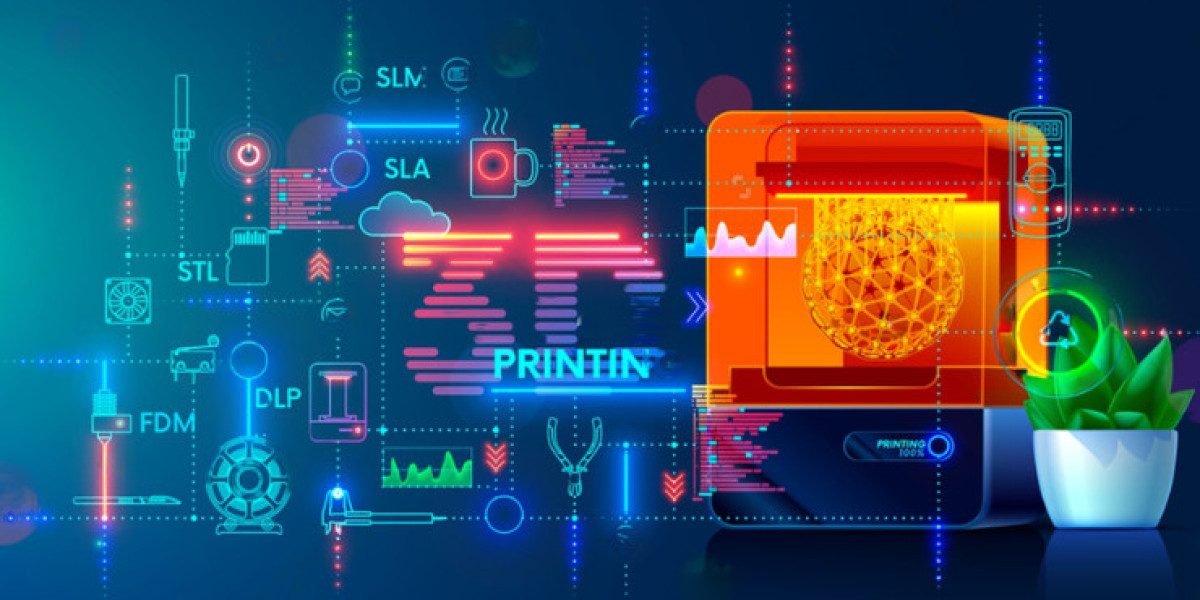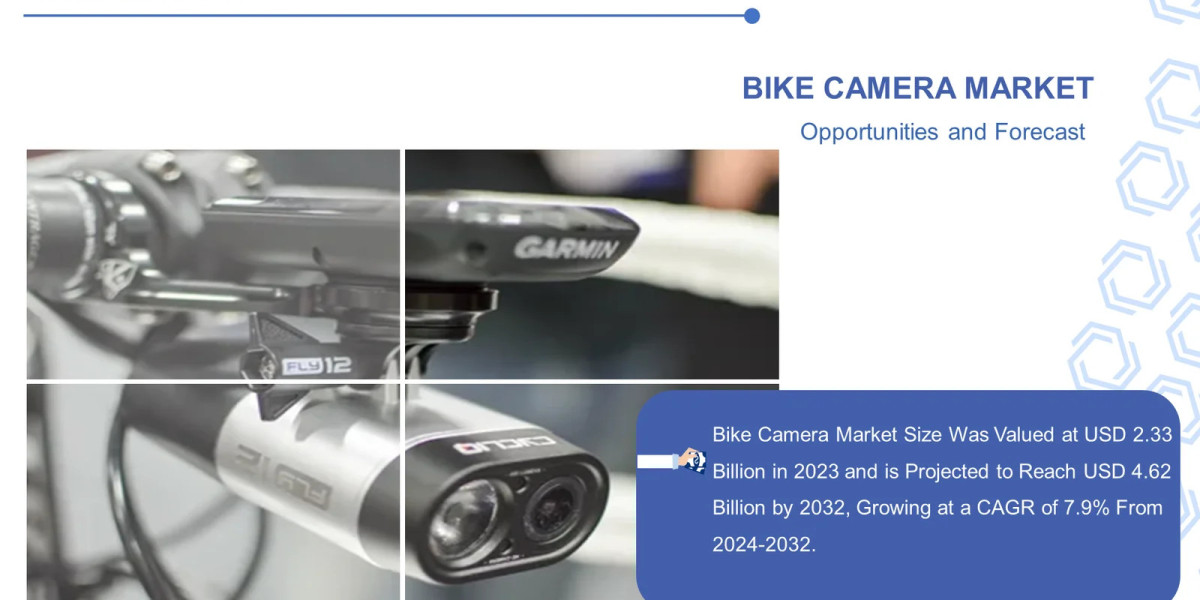3D printing technology is reshaping the construction industry by offering innovative solutions that significantly impact the speed of building projects.
In Dubai, a city known for its rapid development and architectural marvels, 3D printing is playing a crucial role in accelerating construction processes. This article explores how 3D printing affects the speed of construction in Dubai’s real estate market, highlighting its benefits, challenges, and future potential.
Streamlined Construction Processes
One of the primary ways 3D printing impacts construction speed is by streamlining the building process. Traditional construction methods involve multiple stages, including design, fabrication, and assembly, each of which can be time-consuming. In contrast, 3D printing allows for a more integrated approach.
Key Benefits:
Reduced Lead Times: 3D printing can produce building components directly from digital designs, reducing the time spent on manual fabrication.
Fewer Construction Phases: The technology allows for simultaneous production and assembly, decreasing the number of sequential stages in construction.
Examples:
In Dubai, projects such as the 3D-printed office building have demonstrated the technology’s ability to produce structural elements quickly, leading to faster project completion times.
Accelerated Fabrication of Building Components
3D printing accelerates the fabrication of building components by creating them layer by layer directly from digital models. This additive manufacturing process eliminates the need for traditional molds and forms, which can be time-consuming to create and assemble.
Key Benefits:
On-Demand Production: Components are produced as needed, which eliminates delays associated with mold creation and setup.
Complex Designs: 3D printing can easily handle intricate and complex designs that would otherwise require extensive time and labor to produce using traditional methods.
Examples:
The Dubai Municipality's 3D-printed buildings have showcased the technology’s ability to quickly fabricate complex architectural features and structural elements, significantly speeding up the construction timeline.
Faster Construction Times
By integrating 3D printing into construction practices, projects in Dubai can achieve faster completion times. The technology reduces the need for manual labor and traditional construction methods, which can be time-consuming and labor-intensive.
Key Benefits:
Rapid Prototyping: 3D printing enables rapid prototyping of building components, allowing for quick adjustments and iterations.
Reduced Construction Time: The technology’s efficiency leads to shorter project durations, which is particularly beneficial for large-scale developments.
Examples:
The 3D-printed villas in Dubai, completed in a fraction of the time compared to traditional methods, illustrate how the technology can expedite the construction process.
Minimization of Construction Waste
3D printing contributes to the speed of construction by minimizing waste, which in turn accelerates project timelines. Traditional construction methods often generate significant waste due to excess materials and inefficiencies in the fabrication process.
Key Benefits:
Precision: 3D printing uses only the material necessary for each component, reducing waste and the need for cleanup.
Efficient Use of Resources: By minimizing excess material, construction projects can proceed more smoothly without the delays associated with waste management.
Examples:
Dubai’s 3D-printed structures have benefited from the reduced waste generated during construction, leading to more efficient project management and faster completion.
Enhanced Flexibility and Adaptability
The adaptability of 3D printing technology allows for changes and modifications to be implemented quickly during the construction process. This flexibility is crucial in a fast-paced market like Dubai’s real estate sector, where project requirements can evolve rapidly.
Key Benefits:
Quick Adaptation: Changes to design can be made swiftly without the need for extensive rework or delays.
Cost Efficiency: Reducing the need for extensive modifications or rework speeds up construction and reduces costs.
Examples:
Projects in Dubai that have utilized 3D printing technology have demonstrated enhanced flexibility in design and construction, allowing for rapid adjustments and efficient project execution.
Future Potential and Innovations
The future potential of 3D printing in construction promises even greater improvements in speed and efficiency. Ongoing advancements in technology and materials will continue to enhance the capabilities of 3D printing, further impacting construction timelines.
Key Developments:
Advanced Materials: Innovations in printable materials will offer even greater strength and functionality, speeding up construction processes.
Automation: Increased automation and integration with other technologies will streamline the construction workflow and reduce timeframes.
Examples:
Future projects in Dubai are expected to leverage these advancements, further accelerating construction and setting new benchmarks for efficiency in the real estate market.
Conclusion
3D printing technology is significantly affecting the speed of construction in Dubai’s real estate market by streamlining processes, accelerating fabrication, and minimizing waste. The ability to quickly produce and assemble building components, combined with the technology’s adaptability and efficiency, leads to faster project completion times.
As advancements in 3D printing continue to evolve, they promise to further enhance construction speed and redefine the future of real estate development in Dubai. Embracing this innovative technology positions Dubai as a leader in modern construction practices, paving the way for rapid, efficient, and sustainable building solutions.


